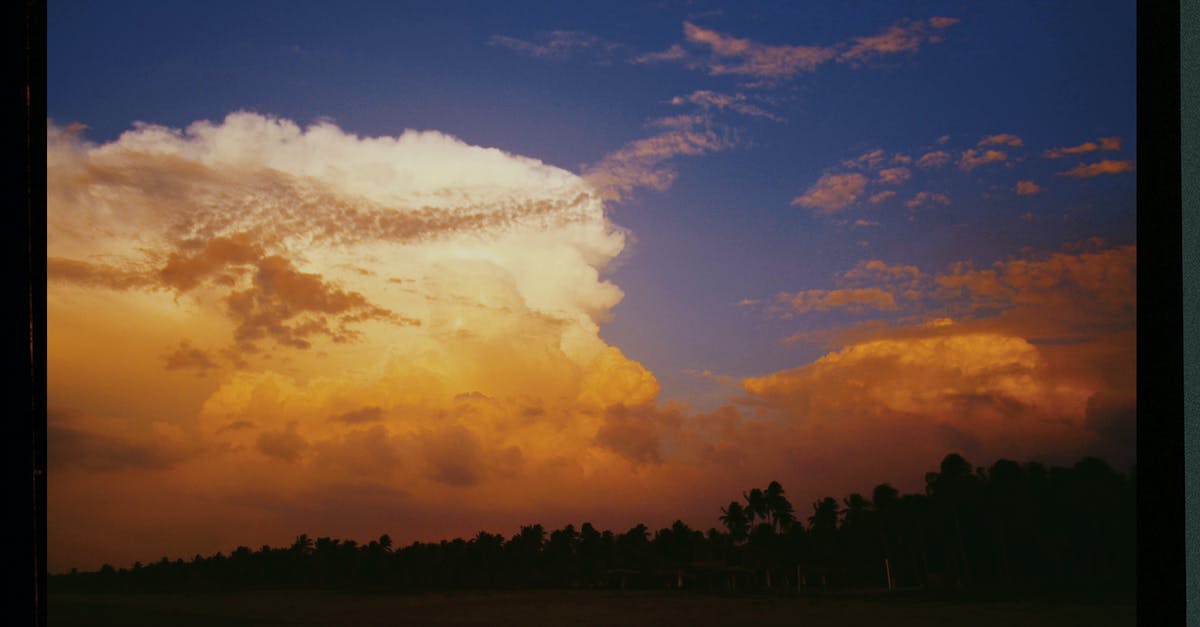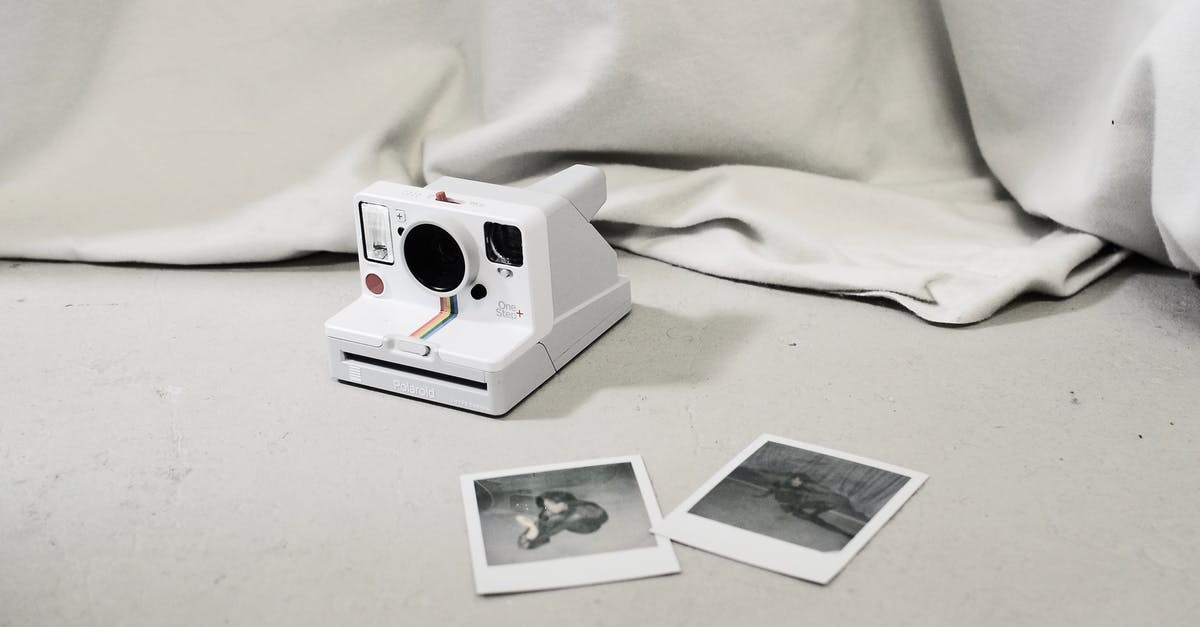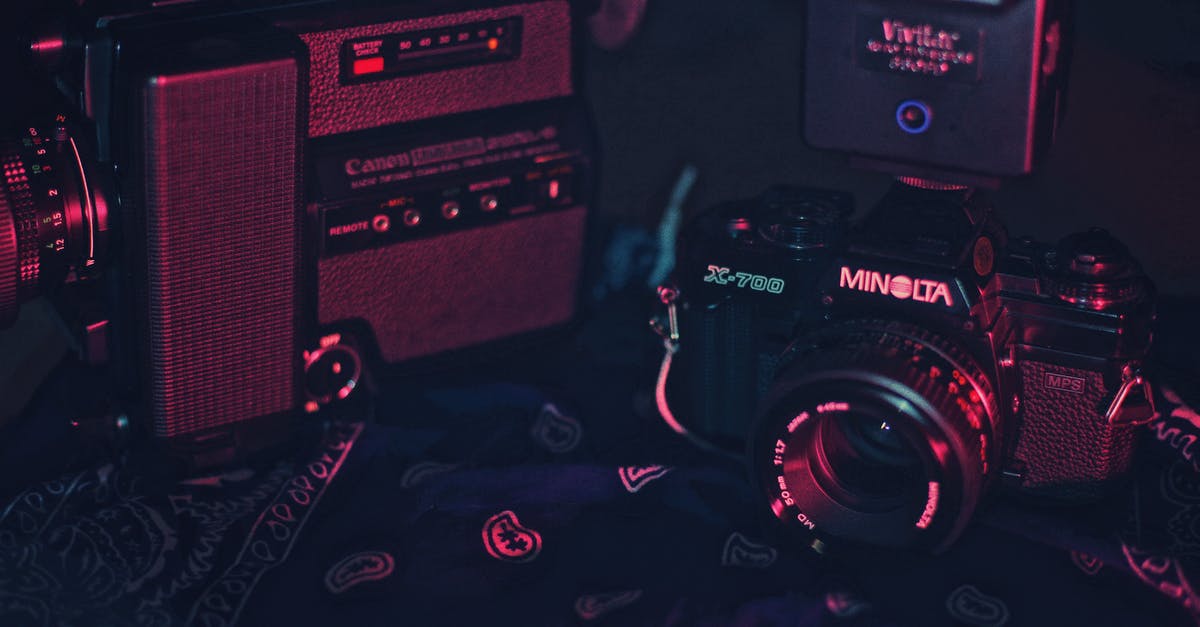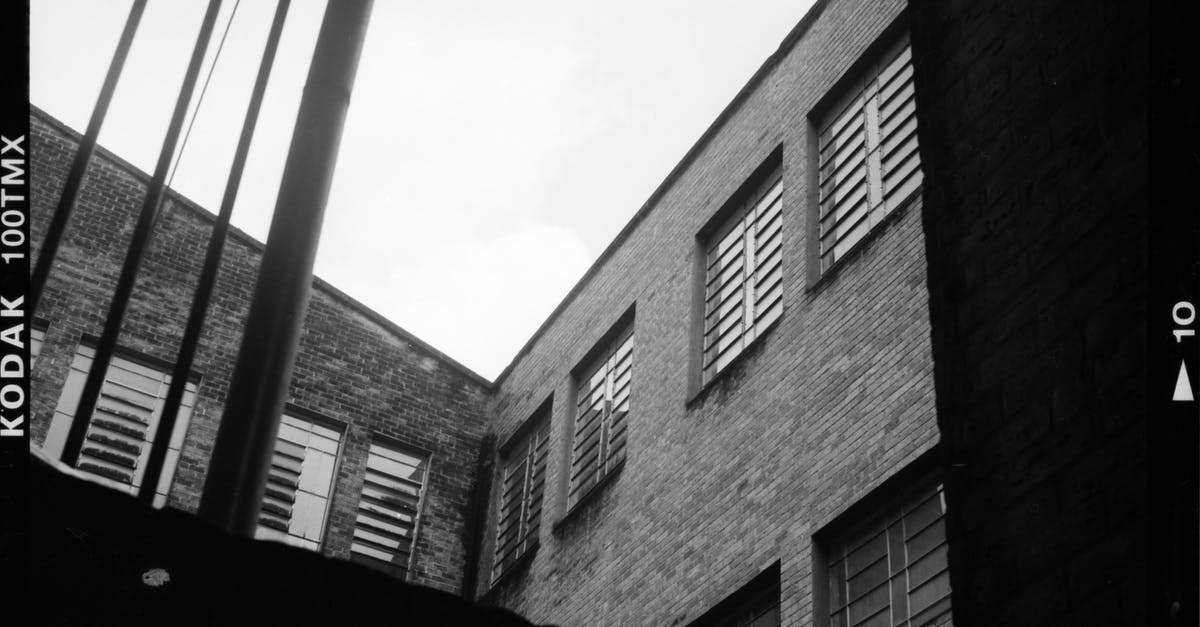Why were movies shot on film shot at 24 frames per second?

Title says it all!
Nowadays, everything is digital, frame rates vary and are displayed properly by media playback devices depending on need, requirement or desire.
But back before quality digital video was commonplace, films were (generally) shot at 24 frames per second and then projected at 24 frames per second.
Why was 24 fps the “magic number?”
Was it related to some mechanical aspect of recording images on film that is now irrelevant at best?
Best Answer
In the early days of film cameras were hand cranked, which caused inconsistencies from movie to movie. Even further still, projection houses would speed up frame rates of movies to get that one extra projection at the end of the day. It wouldn’t be until 1929, with the introduction of the optical sound track, that the standard of 24 fps was established. The 24 frames per second standard was the smallest number that was easily divisible by 2, 3, 4, 6, and 8 allowing editors to quickly find where to make their cuts; not to mention was the most cost effective.
However, another site explains it this way:
In this Home Theater Geeks podcast, host Scott Wilkinson talks with television historian Mark Schubin to find out why. The first “standard” framerate for filming movies was about 16 frames per second, although they didn’t measure it in frames per second back then. The 24fps framerate basically boils down to an off-the-cuff compromise, as Schubin explains.
According to Schubin, movies weren’t initially measured in frames per second, but feet of film per minute. As an aside, this is where the term “footage” came from. 16fps came about because of the “60 feet per minute” standard. Filming was done at a rate of 60 feet per minute which provided around 16 frames of movie per second.
While filming was done at 60 feet per minute, playback was often anywhere between about 80-100 feet per minute (about 20-28 frames per second). This was in order to speed up the film. It allowed the theatre to be able to play more movies per day, and get more paying customers through the door.
When movies started to add sound, though, problems arose. The theatres were still able to play at pretty much any framerate they wanted to. But, 16fps movies sped up to 28fps would have actors sounding like Alvin and the Chipmunks. So, a new standard must be set.
Schubin says that an engineer from Western Electric named Stanley Watkins went to meet with the Warner Brothers chief projectionist, Frank Rich. Watkins asked Rich, “What rate do people show movies at?”. The answer showed quite a range.
The major first showings of movies typically played back at around 80 feet per minute (around 21.5fps). The little theatres that wanted to get more shows in would play back anywhere up to 100 feet per minute (about 27fps). Watkins thought for a minute and said “Ok, let’s compromise on 90 [feet per minute]”.
This second story seems to be supported by this blog post, which offers some more details:
Anyway, someone decided it would be a great idea to add sound. How hard could it be? In fact, several companies tried to be the first to bring sound to the movies, hoping to capture the market. Funny thing is they all insisted on capturing at the same frame rate they displayed at. If you didn’t, the pitch would be all wrong and everybody would sound silly. And forget about music. Some picked 80 feet per minute (the already established speed for projection), some picked 85 feet per minute, and some picked 90 feet per minute. First one to get a working system was Warner Brothers Vitaphone. It was used in the 1927 “The Jazz Singer” which was the first feature length film with sync dialog and is considered the official start of the “Talkies.”
The Vitaphone engineers had picked 90 feet per minute, or 24fps as their capture and projection speed. If one of the others had been first, we easily could be shooting 21.33fps or 22.66fp as a standard today. So sometimes you get lucky.
[...]
Movietone, which used technology that put the audio as an optical track on the film had many advantages, but it was a little late out of the gate. Because Vitaphone was first, the engineers of Movietone decided to match the Vitaphone frame rate.
Pictures about "Why were movies shot on film shot at 24 frames per second?"



Why was 24fps chosen?
When sound film was introduced in 1926, variations in film speed were no longer tolerated, as the human ear is more sensitive than the eye to changes in frequency. Many theaters had shown silent films at 22 to 26 FPS, which is why the industry chose 24 FPS for sound films as a compromise.Are movies shot in 24 fps?
In the case of nearly all modern movies and scripted TV shows, the standard rate is 24 frames per second (fps). Other TV shows and sports, as well as video games, use higher frame rates of 30, 60 or even 120fps. Twenty-four fps dates back to the early days of movies with sound nearly a century ago.More answers regarding why were movies shot on film shot at 24 frames per second?
Answer 2
The facts are that the lowest framerate that can be used to make the pictures move is 16 FPS but the more, the better and smoother the movie gets. Thomas Edison believed that the optimal framerate should be 46 FPS, however, the cameras and projectors were not that fast and the film on which the movies were shot was expensive, to 46 FPS was too much. Most silent movies were filmed with around 14-26 FPS but projected in the cinema in speeds varying from 22 to 26 FPS. When movies started to include sound, the footage couldn't be sped up anymore, so the average projection speed of 24 FPS was selected to be the standard and from then on, every movie was shot in 24 FPS and projected in 24 FPS.
Later the thing that kept the 24 FPS as a standard was the fact, that people got used to it and our brains coded this speed as the movie speed. If you look at a movie shot with for example 48 FPS, like The Hobbit, it looks "unnatural" and not like a movie, but like a telenovela.
Sources are the following:
Answer 3
Most of what @BCdotWEB posted in their answer is correct, although I've never heard of the even frame rate requirement before.
16-18 fps was used a lot in the 1910s, but by the late 1920s, most cameramen were filming around 24 fps if not higher. Of course slower rates were always used for comic effect in chase scenes.
Everything that you ever wanted to know about silent film frame rates is in Oscar-winning film archivist Kevin Brownlow's article on silent film speeds.
According to Stanley Watkins, head engineer for Western Electric, he and his team checked with the Warner Theatre for the average speed of projection in 1926. They were told 'between eighty and ninety feet per minute' in the big theatres- between 20 and 24 fps- and around 26 fps in the smaller theatres. They settled on 90 feet a minute (24 fps) as a reasonable compromise for the Vitaphone process. The other sound systems began at slower speeds (Fox-Case's first tests were shot at 21 fps), but they, too, adopted 24 fps as standard in November 1926.
And if you are wondering why silent films (especially comedies) were projected faster than the speed that they were shot, visit Ben Model's wonderful blog where he has specific examples of films that were purposely shot at a lower speed than they were projected. Ben gives presentations on under-cranking at film festivals and at the Silent Clowns series in New York City. Hint: It makes actors and comedians look more graceful and choreographed.
Answer 4
As others mentioned, the goal was to minimize framerate, and 24 fps is (arguably) the lowest speed that gives smooth motion. However, minimizing framerate is not just about minimizing the cost of the film (although that is a factor). Keeping the shutter open longer also maximizes picture quality, just like in photography.
Sources: Stack Exchange - This article follows the attribution requirements of Stack Exchange and is licensed under CC BY-SA 3.0.
Images: Chay García, Skylar Kang, Nicholas Garman, Daniel Maforte

